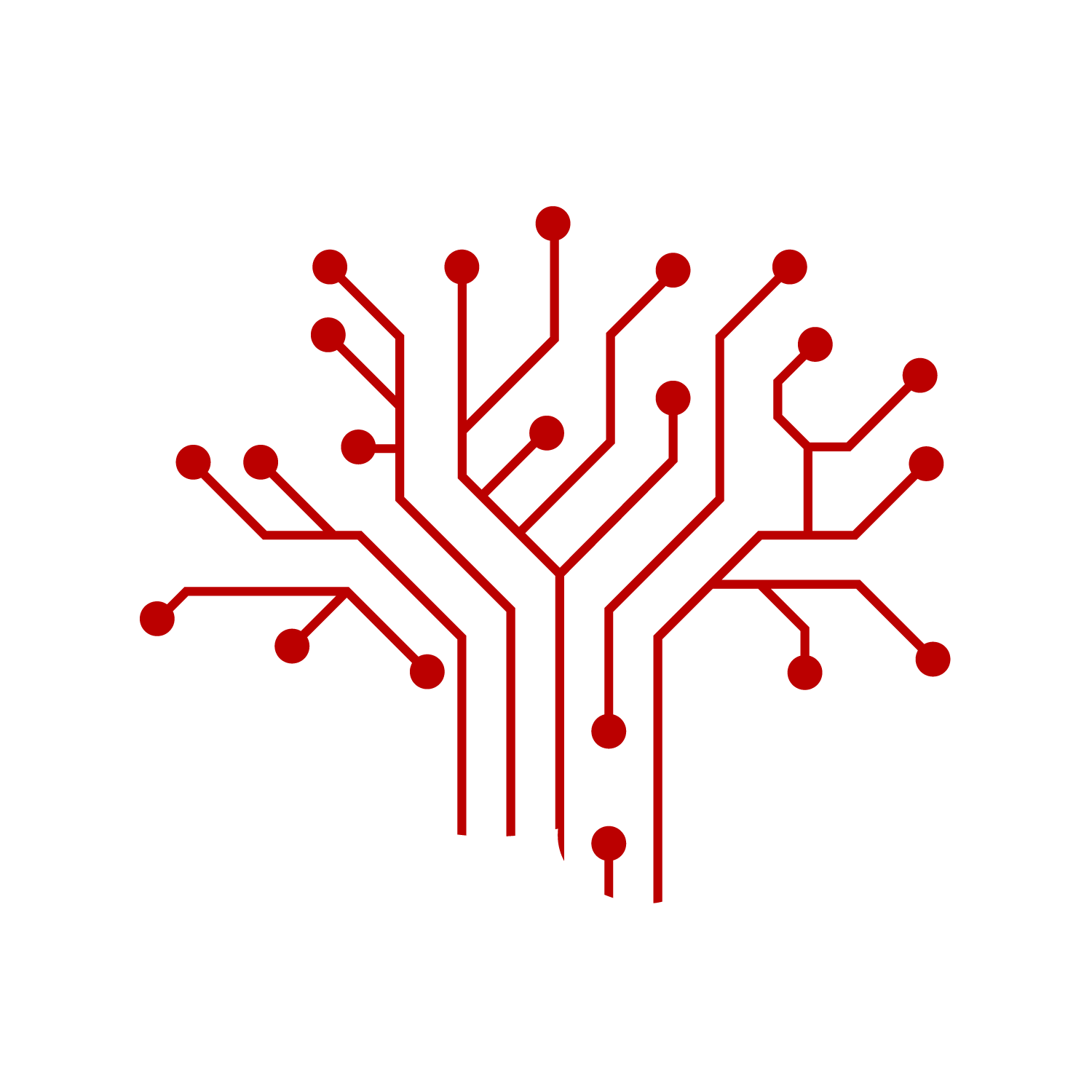Wearable system to sense and stimulate the brain
Wearable system to sense and stimulate the brain
By Emily Durham
A team of researchers from Carnegie Mellon University is starting a project to design and implement a non-invasive neural interface that can be used as a wearable device. This neural interface will be capable of both recording and stimulating the brain’s dynamic activity with high temporal and spatial resolution.
This novel neural interface will enable unprecedented access to neural circuits, to study brain function and dysfunction, as well as begin designing precise therapeutic interventions to treat neurodegenerative diseases like epilepsy, Alzheimer’s, and Parkinson’s. It can also be used as a non-invasive platform for realizing next generation brain-machine interfaces.
The team has received a $19.48 million grant from the Defense Advanced Research Projects Agency (DARPA), through DARPA’s “next-generation-nonsurgical-neurotechnology” (N3) program, which aims to develop high-performance, bi-directional brain-machine interfaces. With this funding, the team will develop the noninvasive neural interface, by harnessing novel concepts in physics, biology, and engineering through electricity, ultrasound, and light. The team of researchers is led by Associate Professor of Electrical and Computer Engineering (ECE) Pulkit Grover, along with Assistant Professor of ECE Maysam Chamanzar and Assistant Professor of Biomedical Engineering, Jana Kainerstorfer.

